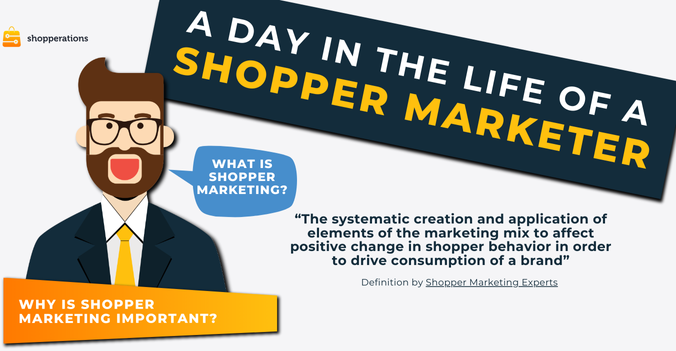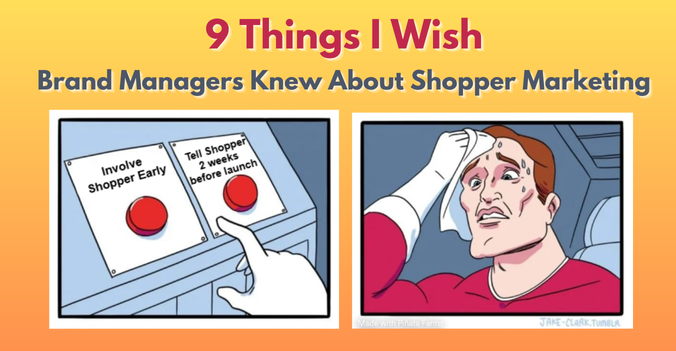.png?width=481&name=THE%20REAL-TIME%20RETAIL%20BATTLEFIELD%20-%20SHOPPER%20MARKETING%20LESSONS%20FROM%20THE%20FRONT%20(1).png) Depending on your brand’s situation, today’s rapidly changing retail landscape can either be exhilarating or a source of stress. As a former soldier who’s been on the “front lines” of retail & eCommerce for the past two decades, the changes are very familiar to me - they mirror what's happened on the battlefield. By understanding the parallels between Modern Retail and Modern Warfare, I’m convinced that you can better understand your situation and act more effectively. Here’s my take...
Depending on your brand’s situation, today’s rapidly changing retail landscape can either be exhilarating or a source of stress. As a former soldier who’s been on the “front lines” of retail & eCommerce for the past two decades, the changes are very familiar to me - they mirror what's happened on the battlefield. By understanding the parallels between Modern Retail and Modern Warfare, I’m convinced that you can better understand your situation and act more effectively. Here’s my take...
I was 19 years old when I packed up my duffel bags and shipped out to the Persian Gulf for Operation Desert Storm. My unit, a part of the US Army’s First Infantry Division, was a combined task force of tanks and armored personnel carriers. Supported by an effective supply chain and close air support, we cut through Saddam Hussein’s Republican Guard in 3 days. While terrifying at times, the experience was a practical opportunity to witness how strategy, tactics, resources, and capabilities all come together to deliver a win. It also showed me how technology could provide a decisive advantage - GPS, night vision, precision munitions, and digital communications all contributed to our success as a team.
A lot has changed since then. While Desert Storm was a conventional war between big states with big armies, more recent conflicts have pitted big and “organized” opponents vs. smaller ones who use new technology, new tactics, and more agile organizations to compete effectively. The retail CPG world has seen similar David and Goliath struggles: big brands with decades of dominance have had their hard-earned market share threatened by insurgents.
Here are some “lessons learned” that apply both to today’s battlefield and to 21st Century Retail:
1. Multiple simultaneous threats are now the norm
In the “good old days” of my brand management career, I was able to successfully focus most of my attention on one major competitor at a time: it was Dawn vs. Palmolive, Bounce vs. Snuggle, etc. Today, that kind of thinking is obsolete... your biggest threat is likely the one that you’re not taking seriously enough. Gillette, among others, has had to learn this lesson the hard way and has lost market share and pricing power in the process - for years, it stayed focused on its traditional big competitors while Dollar Shave Club, Harry’s, and Private Label each grew to become formidable strategic threats.
2. There are no front lines on today’s battlefield
You can no longer win with a “focused” channel approach - the war is everywhere. If you’re a big brand, your smaller opponents will move to where you’re weak and use that exact spot to establish a foothold. The advent of Direct-to-Consumer and eCommerce Marketplace selling makes it easier than ever for them to gain ground. Insurgent brands can quickly scale up to 7 and even 8 figures before really hitting the radar at traditional retail. Easier access to US consumers means that the threat is now also global - your next new competitor may launch their attack from offshore. Big brands need to mount what the military calls “active defense” - they need to spot and quickly respond to threats before they become too big to displace. While this can be expensive and resource intensive, acquiring these smaller competitors once they’ve succeeded will likely be even more pricey.
3. Easily-attainable intelligence and “asymmetric tactics” are great equalizers
In today’s warzones, a teenager armed with only a cell phone can provide intel that changes the course of entire battles. Similarly, at retail, our big brand clients are always shocked when we show them the types of data & tools available to even the smallest eCommerce competitors. With a laptop, a few hundred dollars, and a little knowledge, competitors can see your volume trends at SKU level, they can mine your keywords, and they can piece together your historical pricing. Insurgents can then mount an automated offensive on you, using AI to adjust their item pricing and their keyword bids daily (or more often) in a way that exploits your consumer interest and counters your every move.
4. The game is won and lost in real-time
Relying on traditional annual planning cycles won’t get you very far any more. Plans and budgets are still important but it’s more important to have visibility to what’s happening NOW and to be able to respond with the right resources. From an eCommerce standpoint, especially, there’s no such thing as a successful “set and forget” strategy. If your team or agency thinks the job is over once great content has been uploaded, then they don’t understand what you’re up against competitively. Only continual data-based optimization of content, pricing, promotion, and your campaigns will keep you on top.
5. “Front line” leaders must be empowered with data and authority
If there’s one thing that’s clear, complexity and chaos are on the rise and overly-centralized decision making is a liability. The smart money today is on organizations that operate “fast and light” regardless of their size and empower the doers to make the right call. Under pressure, big traditional companies like Nestle and Unilever continue to experiment with how they can innovate more nimbly. We believe that the next frontier for big companies is to deploy more nimble and responsive “go to market” approaches that maximize the power of that innovation.
What does all this ultimately mean to you?
In summary, big brands need to be more malleable, nimble, and aware than ever before. Scale advantages that worked for them in the past are no longer decisive. They need to adapt the strengths of the insurgent to win and create teams that can move quickly (and make decisions) on today’s retail battlefield. Smaller players, conversely, have historically low barriers to entry and growth but need to be able to manage tight resources even more efficiently than big players so that they can stay in the fight long enough to win.
Whichever side of the equation you’re on, the Bold Retail team can help you win. We’re Retail Commandos™ who use eCommerce marketplace and direct-to-consumer strategies and tactics, along with world-class data and analytics, to deliver profitable growth. We are not an agency - we’re warriors and we fight for your brand combining brains and automation to get the job done. If you’d like an independent “battlefield assessment” of your brand’s situation, threats, and options, please schedule your free consultation here.
More than ever, retail is war. Are you set up to win?
Other Posts You May Like:
5 CRITICAL AREAS YOU MUST ADDRESS IN E-COMMERCE JOINT BUSINESS PLANNING
10 KEYS TO SHOPPER MARKETING SUCCESS
Should Shopper Marketing "Own" Ecommerce?

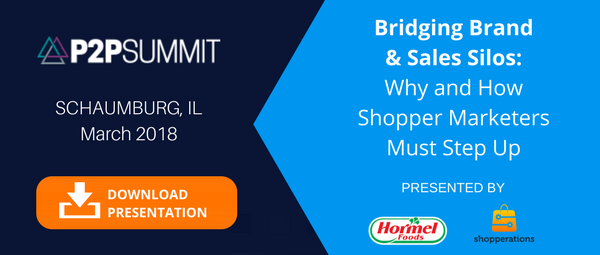
.jpg)
.png)
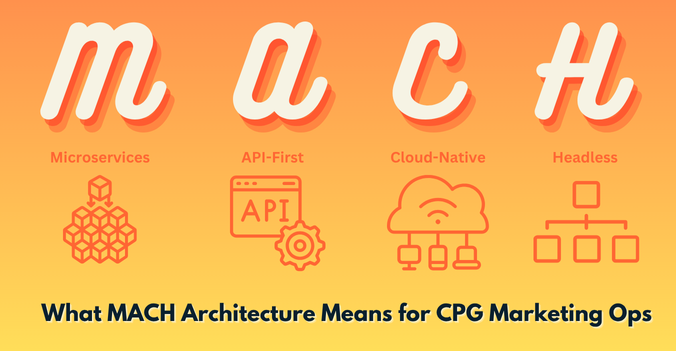
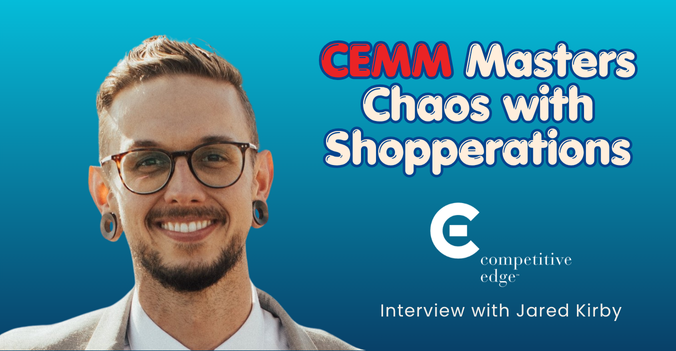
.png)



